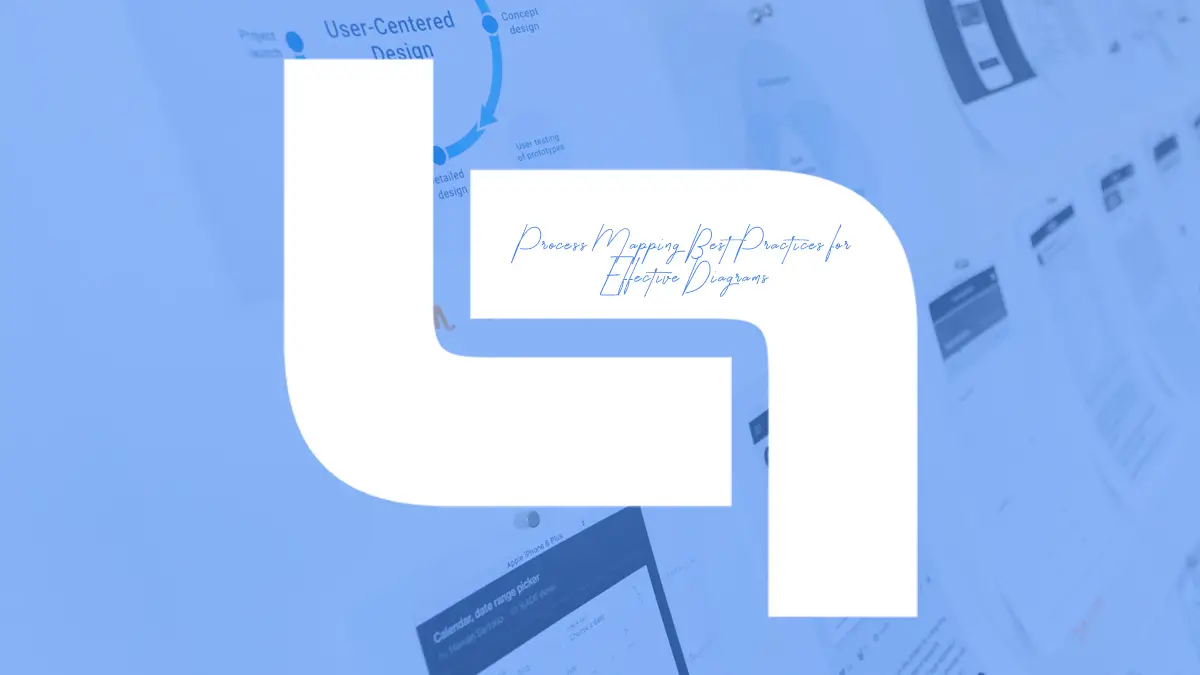Process mapping is one of the easiest ways to get your thoughts in order and stay focused on a project goal. So, how do you do it effectively? After all, there is little to no point in doing something if you are not going to do it well. This guide explores what the best practices for effective process mapping are and how you can put them into action.

Harness the Power of Technology
There are lots of advantages to doing your process mapping by hand, but there are also a significant number of disadvantages. The biggest risks of writing down ideas are that they can be lost, ruined, or messy, all of which means your whole process would be compromised. When you use web based process mapping tool initiatives instead, you create a scope for superior organization and minimize the risks stated above.
Identify Your Topic
Every process map requires a problem or topic to work through, so what’s yours? It might be a common problem amongst your team that needs working through, or a particular gap in customer care that is getting a lot of negative press. Whatever the problem is, that is your goal and core focus throughout the process mapping activity.
Wok Through the Iterations
Iterative thinking is essential for the overall efficiency of the process map. This means you must structure your thoughts and strive for a breakdown of what that means as things move forward. At the beginning of the mapping agenda, it makes little difference whether or not you put these thoughts in order. The key is to just get them down so you can see them and begin to connect with what lies ahead.
Organize the Agenda
When everything is down on the page or the screen for everyone to see, it is important to form some kind of digestible, accessible structure that people can work with. This will help the entire team stay focused and work through what needs to happen in the correct order. It can be a collaborative effort, or one person can take the lead. The end result should be a list of actions that are in the correct position of urgency.
Create the Flow
A large part of process mapping is getting down to creating the flowchart portion. Now that you have all of the necessary information and cues, you can get on with this element with fewer barriers in the way. The flowchart symbols being used should be easy to interpret for the whole team, which may require some additional training. After all, a process map is only functional if the people working with it understand what’s going on internally.

Review and Adjust
You can think of the finished result as a moving target because there will always be adjustments to make, and people will bring their own ideas to the process. Therefore, don’t get too comfortable with the initial results because they will undoubtedly change. This is the time to review and adjust, and it is an essential part of supporting efficiency.
Process mapping can be especially useful for any business that needs to find a way to move forward with a certain agenda. When implemented correctly and collaboratively, they produce amazing results.

